Cincinnati is full of fascinating history and facts, many of which are local legends at this point. Many of us may know about Kroger's and P&G's start in the Queen City, that the Reds were America's first professional baseball team and that we have our own cryptid named the Loveland Frog, but did you know Cincinnati played a pivotal role in Eminem's career as a rapper? Or that Cincinnati used to be wine country? Or that the Bengals were sort of named after a kitchen appliance?
We uncovered a lot of cool things about Cincinnati you may not have known about (or maybe you did, in which case you get a gold sticker). Keep scrolling to see some of the coolest, possibly useless, but, nevertheless fun facts about the Queen City.
27 Cool Facts About Greater Cincinnati You May Not Have Known
By Katherine Barrier and CityBeat Staff on Wed, Feb 28, 2024 at 3:47 pm
Scroll down to view images
Page 1 of 2

Photo: Hailey Bollinger
When it was first built, the Roebling Bridge was the longest suspension bridge in the world
At first glance it might appear the Roebling Bridge is just a smaller-scale model of the massive Brooklyn Bridge, but that’s not the case. The Roebling, which connects downtown Cincinnati to Covington, is actually the older (and, in our opinion, cooler) sibling to the Brooklyn Bridge, both having been designed and built by John A. Roebling. Construction on the Roebling was completed in 1866 and, at the time, it was the longest suspension bridge in the world. Construction on the Brooklyn Bridge wasn’t completed until 1883.
1 of 27
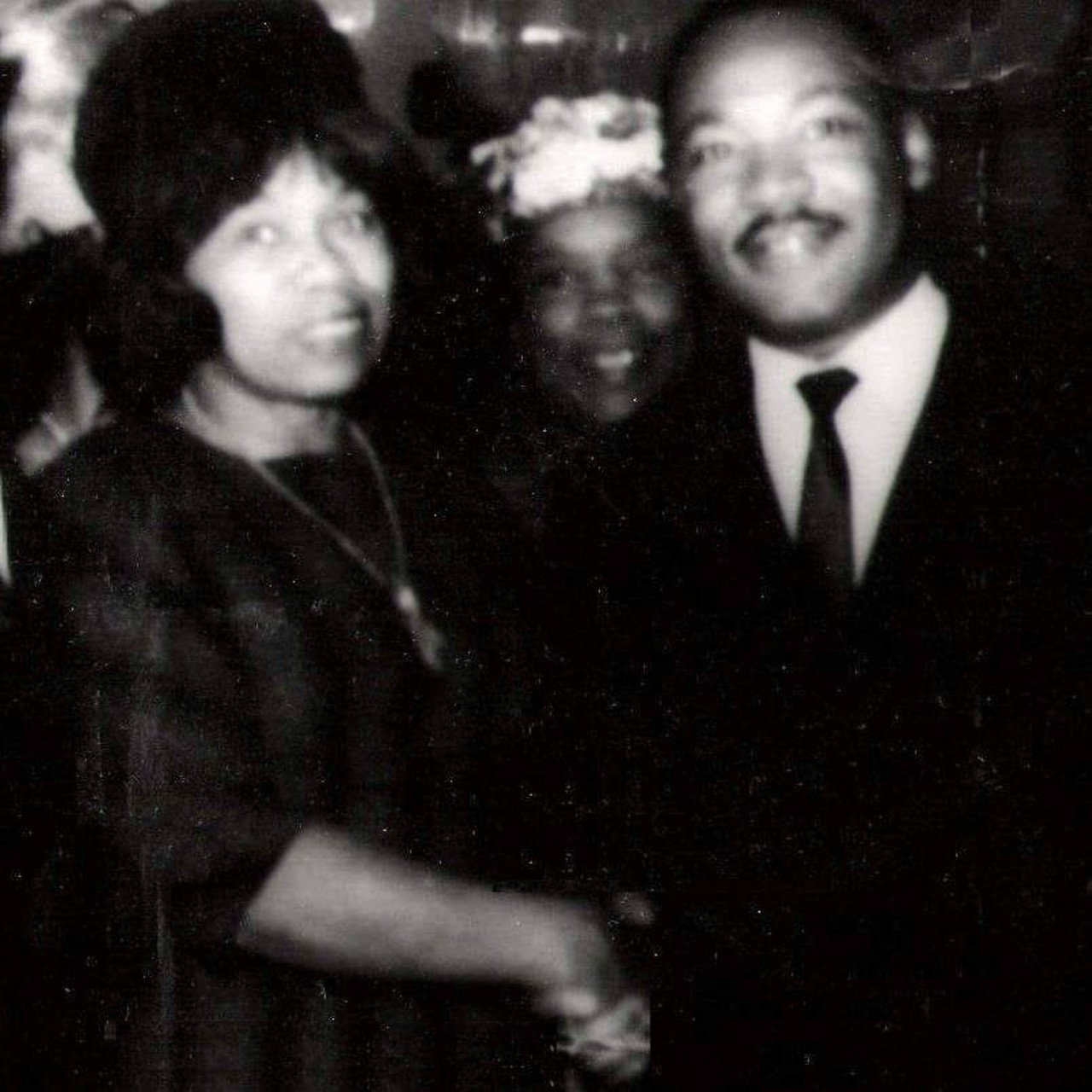
A hymn created by a Cincinnati composer was adapted for the Civil Rights Movement
Louise Shropshire was a Cincinnati composer known for a hymn that’s credited with inspiring the Civil Rights anthem “We Shall Overcome.” Shropshire composed “If My Jesus Wills,” sometime between 1932 and 1942 and had it copyrighted in Cincinnati in 1954. The lyrics – "I'll overcome, I'll overcome, I'll overcome someday. Oh yes, if my Jesus wills, I do believe I'll overcome someday." – played a critical part in the formation of “We Shall Overcome,” which was called “the most powerful song of the 20th century” by the Library of Congress. However, folk musicians, like Pete Seeger, who copyrighted “We Shall Overcome” copyrighted it as a derivative work and never named Shropshire as the original composer. It wouldn’t be until Shropshire’s grandson, Robert A. Goins Shropshire, asked his former bandmate and music producer Isaias Gamboa to help prove his grandmother’s claim that Shropshire would be credited with creating the hymn that wound up inspiring millions.
2 of 27

Photo: Twitter.com/@Bengals
The Cincinnati Bengals were named after a stove…kinda
You might think the Cincinnati Bengals just took their name after the Bengal tiger — and you would be right, kind of — but there’s also another layer of history to the name. Before there was Ken Anderson, Anthony Muñoz, Ickey Woods or Joe Burrow, before the Bengals team that we know today, there was the 1937 Bengals, which was formed by Hal Pennington. Pennington decided to name his team after the Floyd, Wells & Co. Bengal stove in his mother’s kitchen, later telling the Cincinnati Post, “The tiger in the picture was so animated it inspired me. I figured Bengals would be a good name for the team.” The team folded in 1941, but the name was resurrected after legendary coach Paul Brown founded the NFL Bengals in 1968.
3 of 27
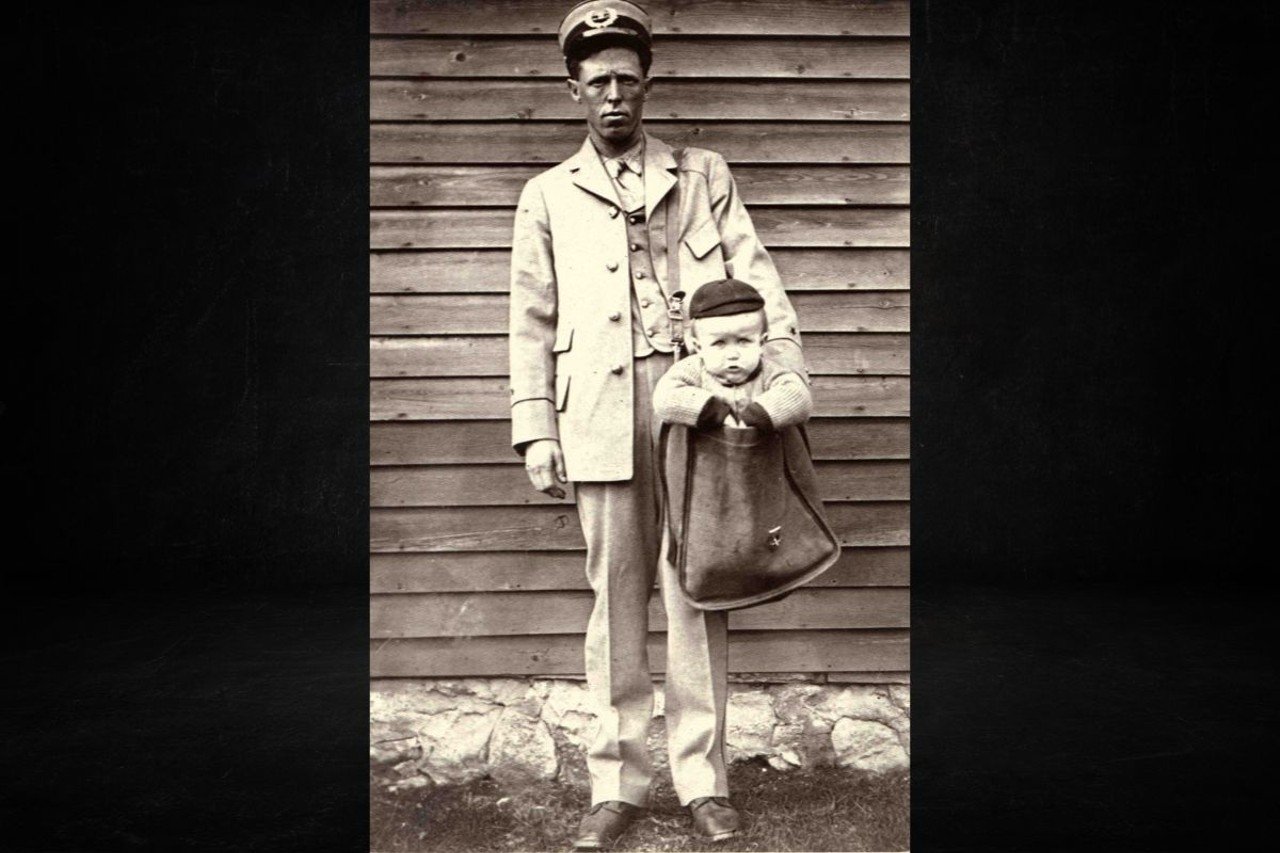
Photo: Smithsonian Institution/Flickr
A Clermont County boy was the first child “mailed” by the U.S. Postal Service
Maybe the biggest example of “just because you can do it, doesn’t mean you should. In January 1913, the U.S. Postal Service launched parcel delivery, and the rules back then on what you could or couldn’t send in the mail were vague. So, just a few weeks after the launch of parcel service, a Clermont County couple, the Beagues, decided to test the mailing waters and sent their infant son to his grandmother’s house a mile away using the postman. They paid 15 cents for postage and $50 for insurance. Nancy Pope, head curator of history at the National Postal Museum, told History.com that she’s found seven instances between 1913 and 1915 of parents “mailing” their children, starting with the Beagues.
4 of 27

Photo: Paige Deglow
The passenger pigeon went extinct in Cincinnati
Now extinct, the passenger pigeon was once the most common bird in North America. Martha, the last known passenger pigeon, died at the Cincinnati Zoo in 1914. If you head down to 15 E. Eighth St. downtown, you can see a large mural dedicated to her. The ArtWorks project, designed by John A. Ruthven — "the 20th century Audubon" — and based on one of his original works, shows Martha and a flock of passenger pigeons flying over Bird Run at the Cincinnati Zoo and is a wall-sized reminder of the importance of conservation.
5 of 27

Photo: Provided by Rookwood Pottery
Rookwood Pottery was the country’s first female-owned and operated large manufacturer
Founder of Rookwood Pottery Maria Longworth Nichols Storer was born in 1849 into one of Cincinnati’s wealthiest families at the time. She gained an early love of fine arts, with childhood hobbies that included painting and playing the piano. As an adult, she became the first woman in the United States to found a music festival thanks to her efforts raising funds for the Cincinnati May Festival, which continues to this day. In 1873, she began learning how to paint china from ceramic chemist Karl Langenbeck, and she later enrolled in what’s now the Art Academy of Cincinnati to study china-painting. And in 1880, Nichols founded the famous Rookwood Pottery Company, becoming the first woman in Cincinnati to own a shop like this.
6 of 27
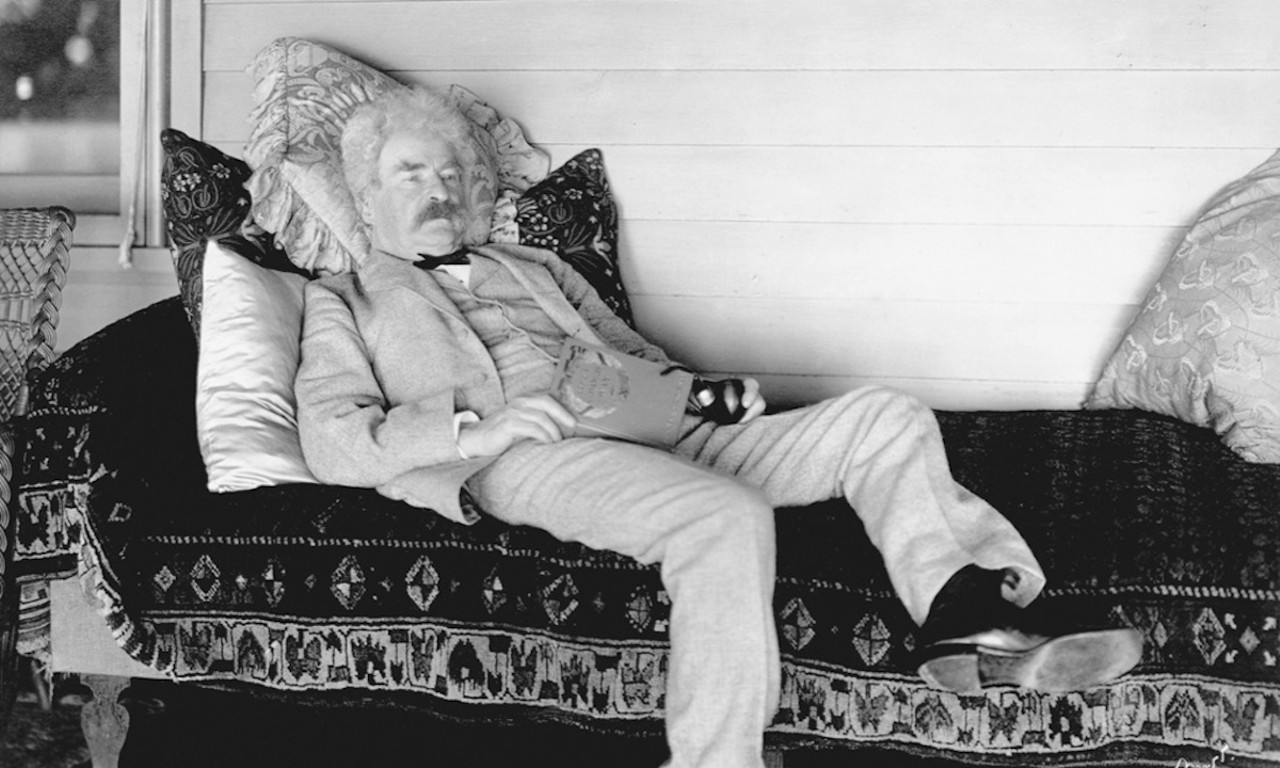
Mark Twain dissed the Cincinnati Enquirer
Mark Twain probably didn’t actually say that thing about Cincinnati being 20 years behind the times, but he did have beef with a certain local newspaper. In his essay “An Entertaining Article,” Twain wrote, “I think the Cincinnati Enquirer must be edited by children.” It all stems from a parody review Twain did about his own comedic travelogue, “Innocents Abroad,” in a literary magazine he edited, after a London paper did a tongue-in-cheek review of the same travelogue. Twain didn’t write his review under his own name, instead posing as an English critic, but later admitted to that, which in turn prompted a columnist from the Enquirer to accuse Twain of lying. So basically, you and that one friend have an inside joke that your other friend takes seriously and freaks out over. For more context, Cincinnati historian Greg Hand details the full feud on his blog, Cincinnati Curiosities.
7 of 27
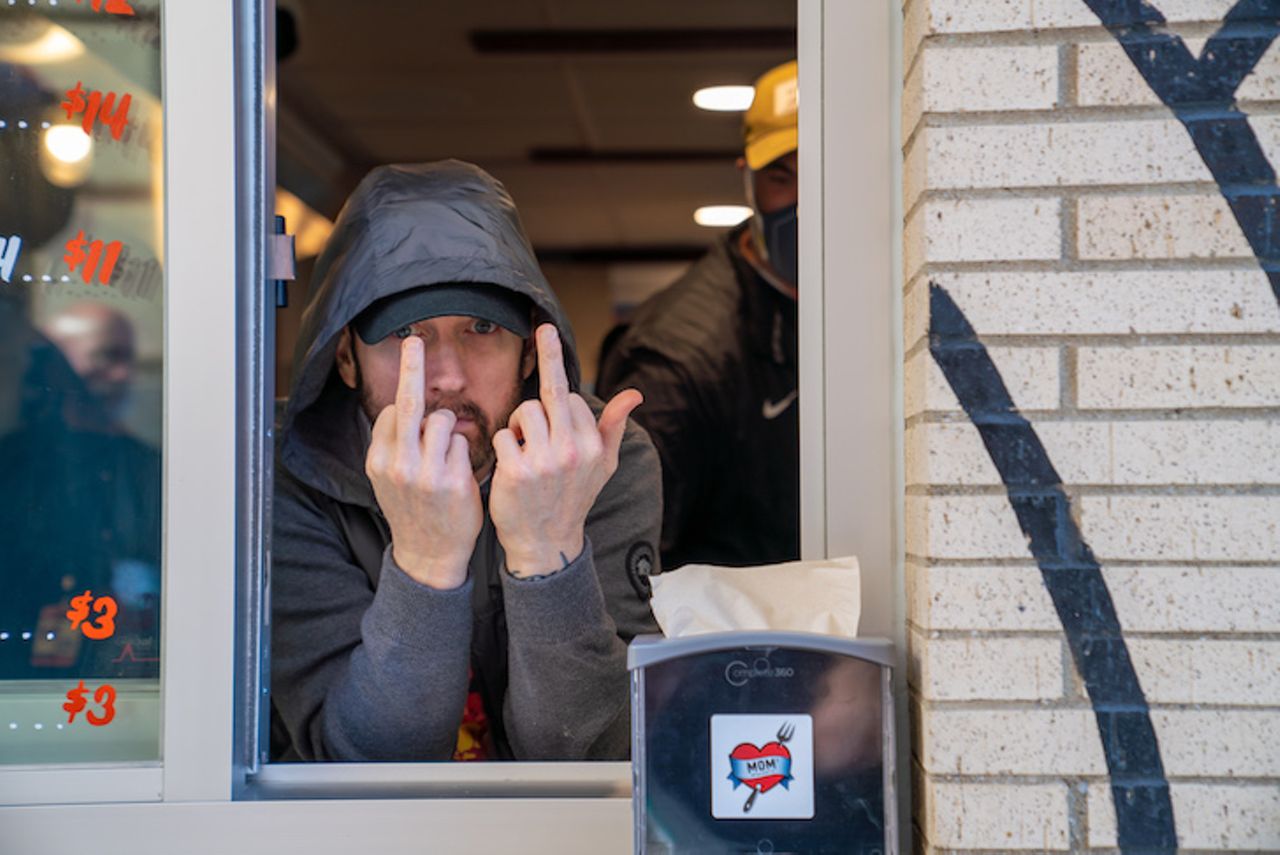
Photo: Joe Maroon/Detroit Metro Times
Before he was famous, Eminem competed in (and lost) a rap battle at Cincinnati hip-hop festival Scribble Jam
An important part of the Eminem mythos is his appearances early in his career at rap battles around the country, including at Cincinnati’s own Scribble Jam, which became an underground hip-hop haven for fans across the Midwest. The annual event’s celebration of the four branches of hip-hop — graffiti, dance, MCing and DJing — drew enough buzz in its small-ish debut year in 1996 that it returned bigger and better in 1997 and had drawn the attention and anticipation of fans and artists from around the region and beyond. It ended up being a pivotal moment for the fest and the rapper and sealed Scribble Jam a place in hip-hop history. Eminem even mentioned the appearance at Scribble Jam in his song “Venom” on the 2018 album Kamikaze. You can watch his Scribble Jam appearance on YouTube in the link above.
8 of 27
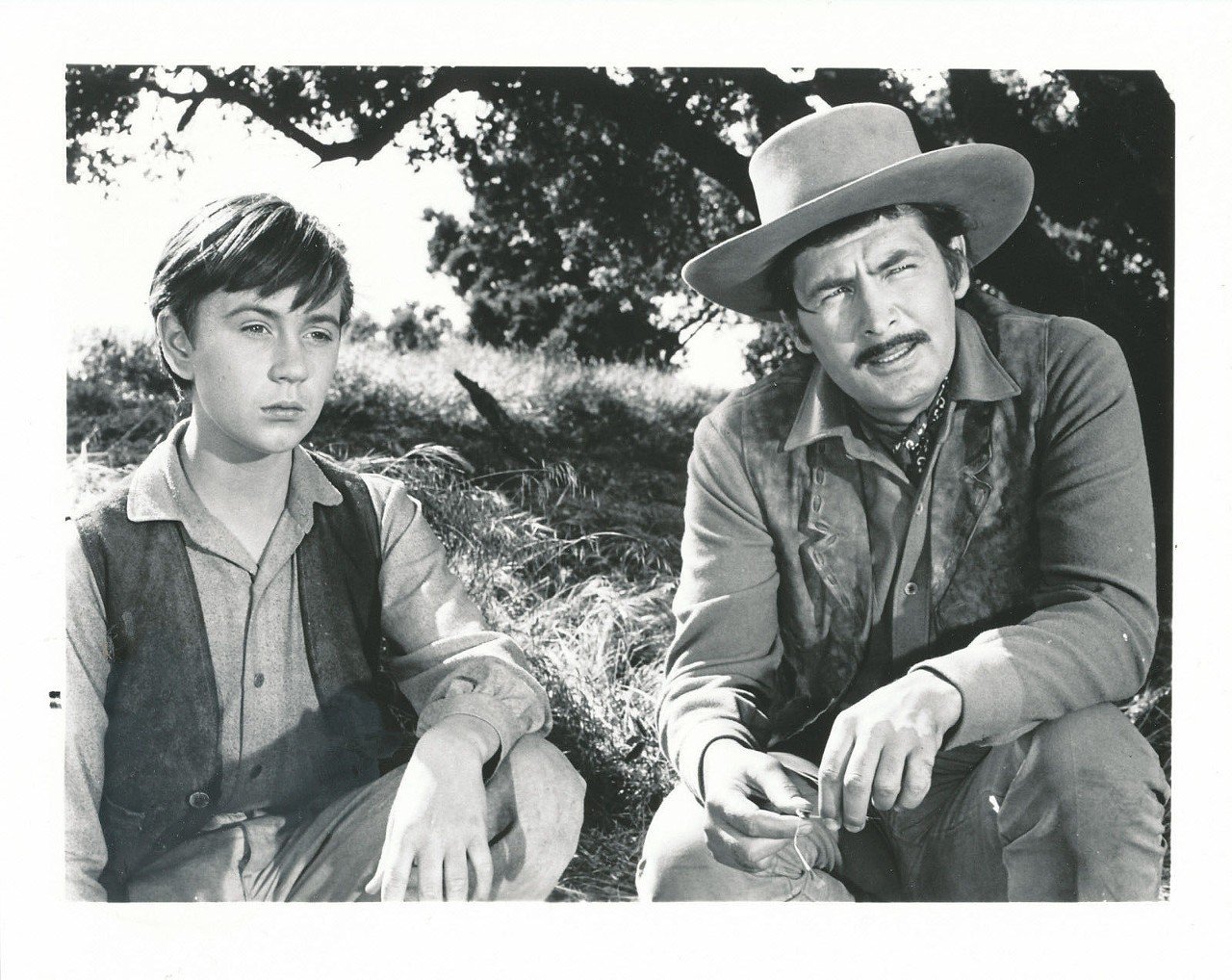
Photo: Walt Disney Pictures/Wikimedia Commons
A Hollywood actor almost built an amusement park in Northern Kentucky
Fess Parker, best known for playing adventure-seeking, coon-skin-cap-wearing characters like Davey Crockett and Daniel Boone in the mid-20th century, nearly built an homage to the American frontier right in Boone County. The planned amusement park, Frontier World, would have most likely been a success too. Parker did his research and had the connections and resources available to make the dream a reality. This was a threat to Cincinnati’s other amusement park at the time, Coney Island, however, as it didn’t have any space to expand to compete, and it would’ve been less than an hour away from Frontier World. So, Gary Wachs, the son of Coney’s owner, launched a plan to merge with Taft Broadcasting Company, which had just acquired the rights to Hanna-Barbera. Wachs proposed Taft would finance a new theme park based on the Hanna-Barbera characters, and Coney would oversee its operations. The move killed any plans for Frontier World, and that’s how Greater Cincinnati got Kings Island instead of any Daniel Boone-themed roller coasters.
9 of 27
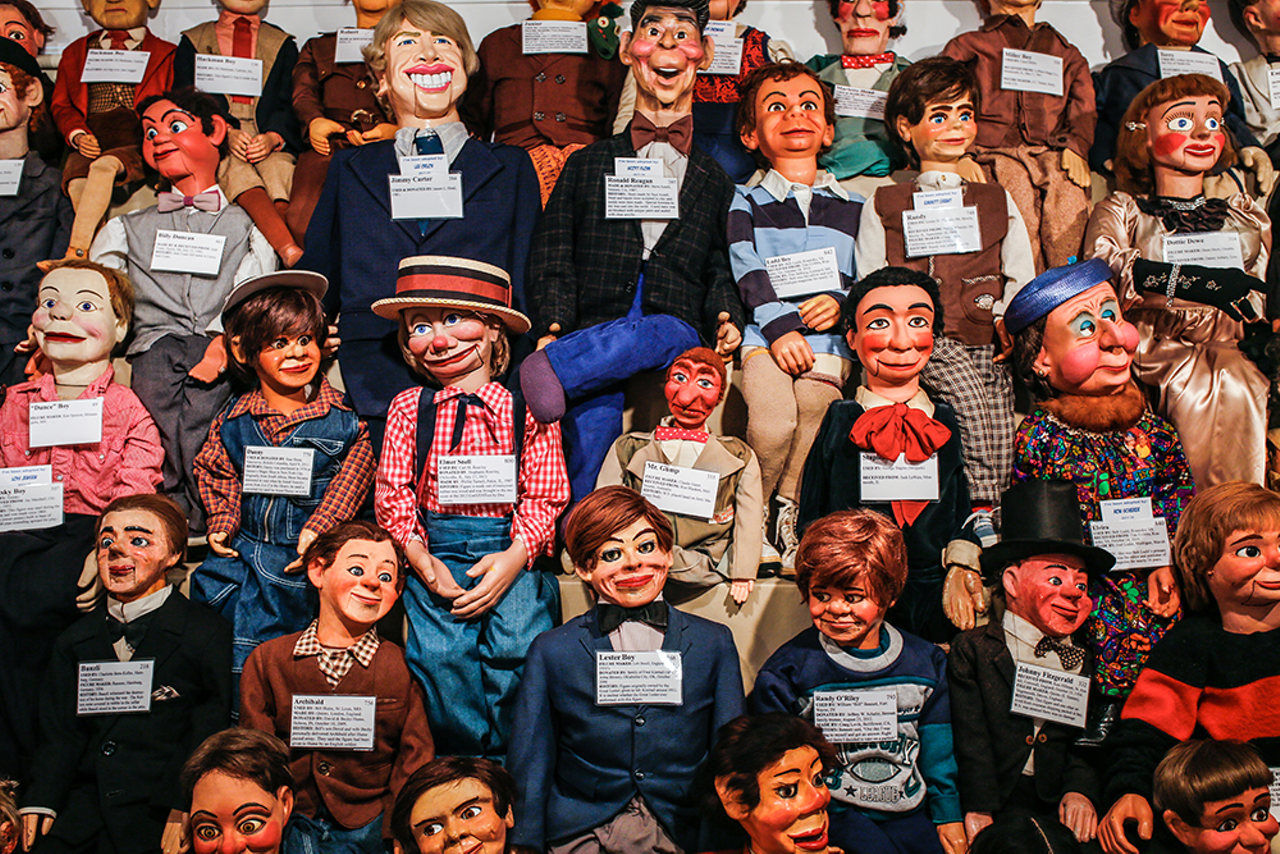
Photo: Hailey Bollinger
Northern Kentucky has the world’s only ventriloquism museum
Vent Haven is the only museum in the world dedicated to the art of ventriloquism. In addition to more than 800 figures (don’t call them dummies), guests can view a library of vent-centric books, playbills and thousands of photographs. You can schedule a tour of the museum for just $15 starting on May 1, 2024. The museum also hosts the international ConVENTion every year for hundreds of ventriloquists.
10 of 27
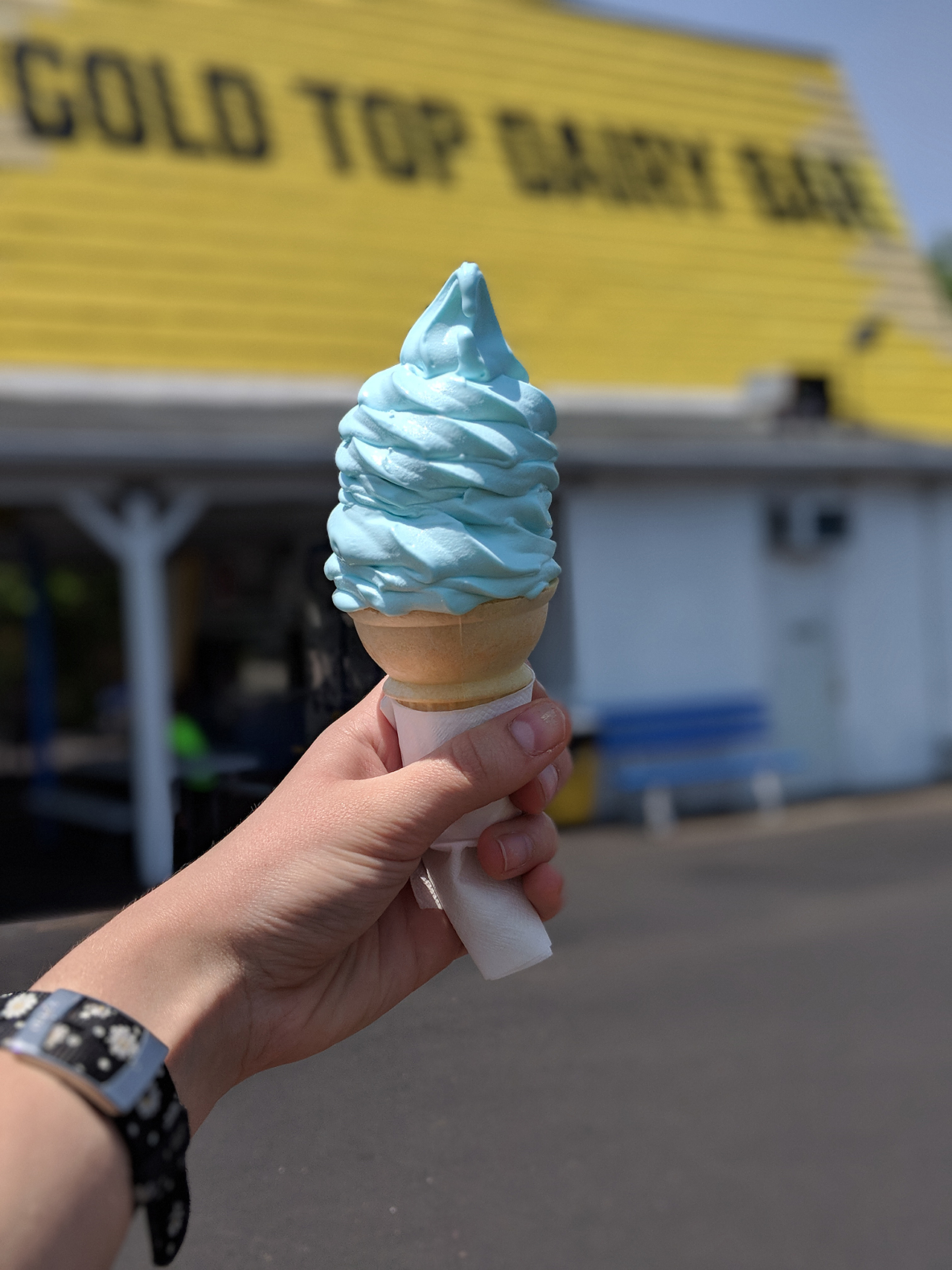
Photo: Sami Stewart
Blue raspberry flavoring was reportedly born here
The first known use of blue raspberry flavor was by Cincinnati company Gold Medal in 1958 when a periodical advertised the company’s new “blue raspberry” snow cone. This was the same year the Food Additives Amendment became law, brought on by concerns over amaranth, or Red No. 2, a dye that was originally used to give raspberry-flavored products a deeper red hue to set them apart from other popular red flavors like cherry, strawberry and watermelon. The frosty color replaced the deep red and has been staining mouths blue ever since.
11 of 27
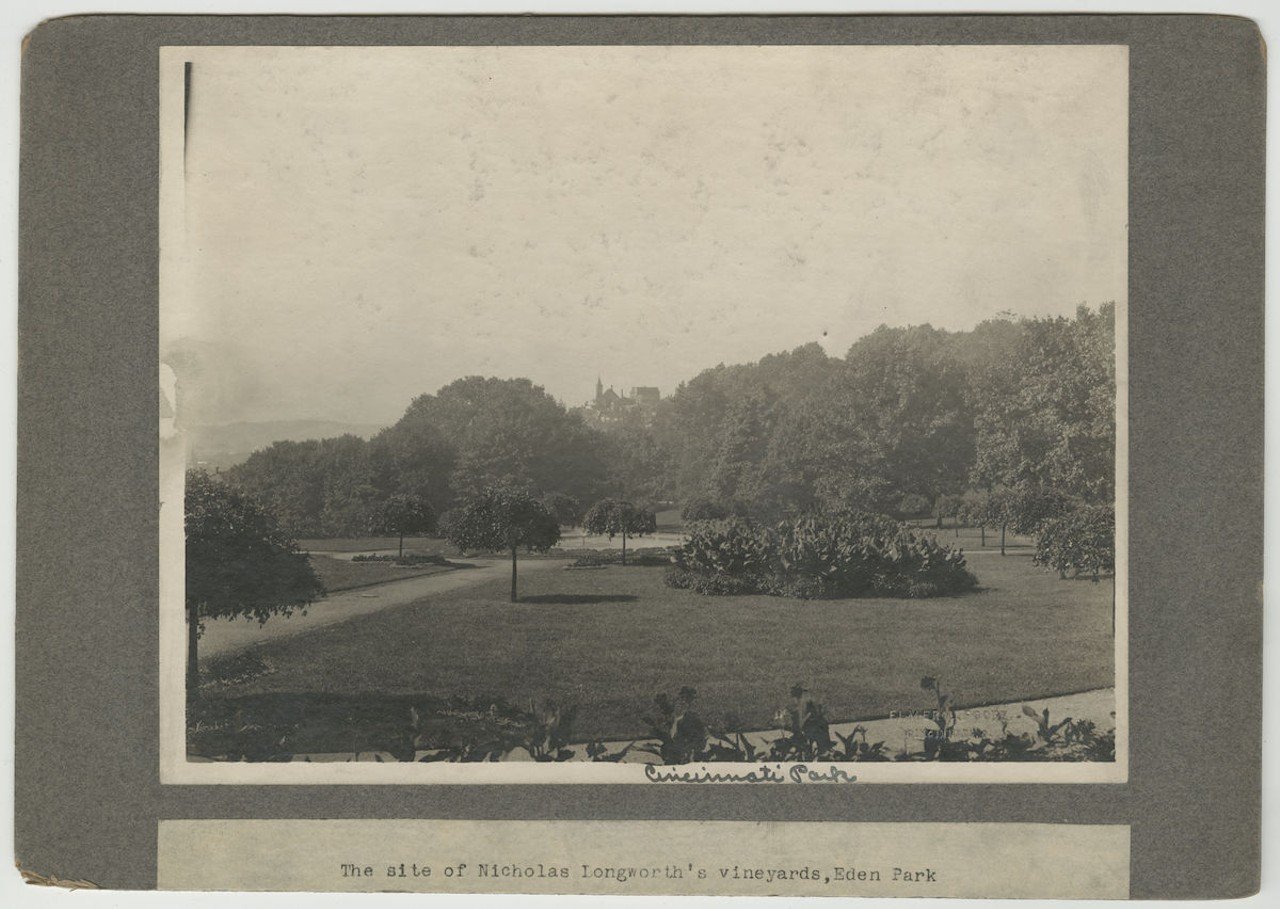
Cincinnati was home to the first successful winery in the United States
Before there was Napa Valley, Cincinnati was wine country. The first commercially successful American winery was founded in the Queen City by Nicholas Longworth, a jack-of-all-trades who arrived in early Cincinnati from New Jersey and quickly became one of the wealthiest men in the city. He was a lawyer, banker and real estate speculator who started winemaking as a hobby. Longworth planted a vineyard in Mt. Adams, in what’s now Eden Park, in 1823, but had difficulty getting those grapes, of the Alexander variety, to thrive. Two years later, he planted Catawba grapes instead, which were easier to grow here, and after first tasting Catawba wine, quit his law practice to pursue the business full-time. Longworth became known as the Father of American Winemaking, with his business producing the first American champagne and customers clamoring for more Catawba wine. Today, Cincinnati urban winery Skeleton Root is following in Longworth’s footsteps, focusing on revitalizing the local growing region and using largely forgotten American heritage grapes in their products.
12 of 27

Photo: Provided by Oktoberfest
The "Least Metal Moment" of all time happened in Cincinnati
VH1 did a countdown of the “Least Metal Moments” of all time in 2004. The list included things like Avril Lavigne and Celine Dion covering hard rock classics (by Metallica and AC/DC, respectively) and Ozzy Osbourne doing a Pepsi commercial. But the top spot was at a beloved Cincinnati event. The “Least Metal Moment” ever was declared that time in the early ’00s when Mötley Crüe’s Vince Neil led the crowd in the “World’s Largest Chicken Dance” on Fountain Square, a beloved tradition at Oktoberfest Zinzinnati.
13 of 27
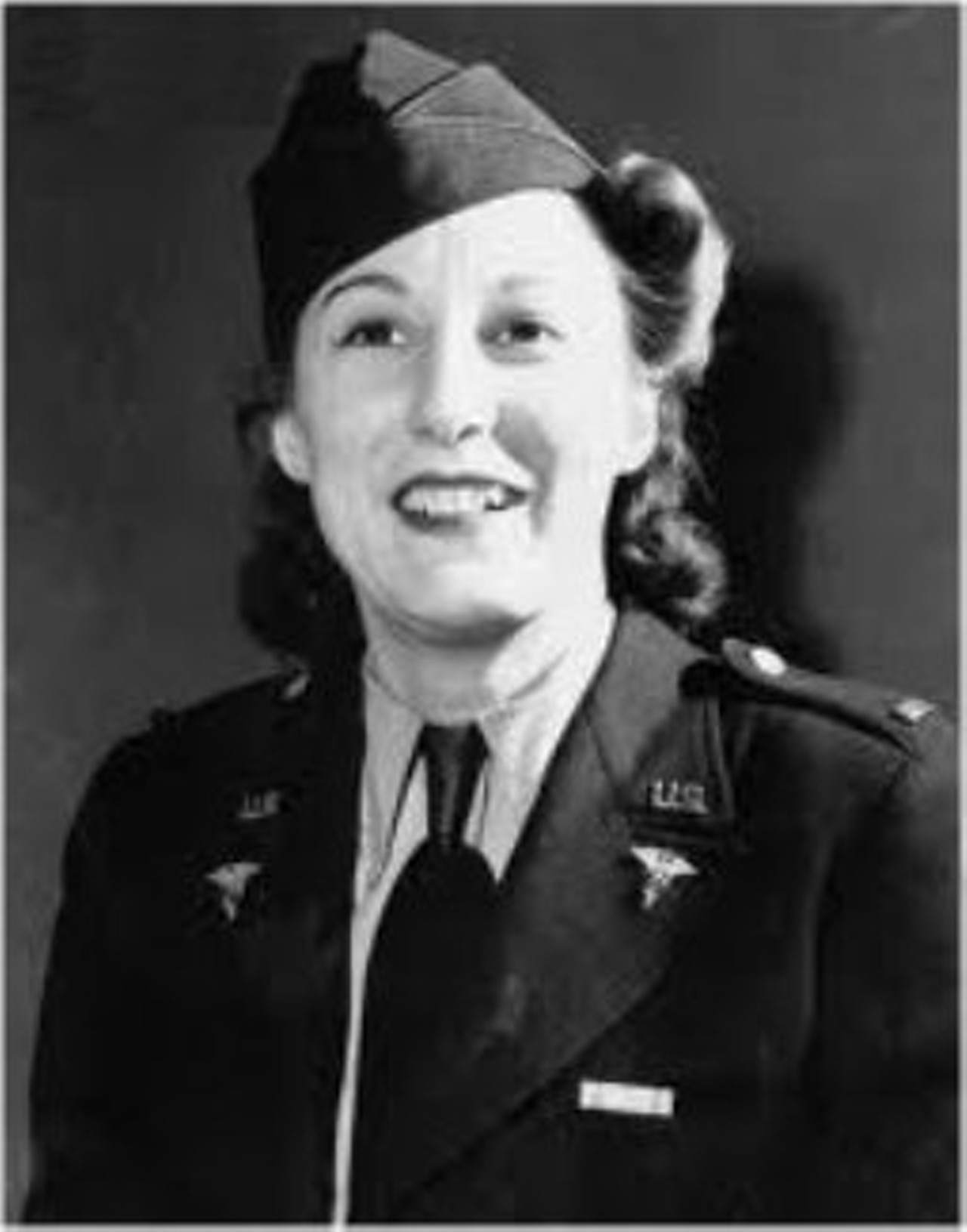
A Ft. Thomas native was the first woman to earn both a Purple Heart and Bronze Star
Cordelia E. Cook served in the U.S. Army during World War II and was the first woman to earn both a Bronze Star and a Purple Heart. Born on St. Patrick’s Day in 1919 in Ft. Thomas, Cook studied at The Christ Hospital School of Nursing. After graduating in 1940, Cook joined the U.S. Army Nurse Corps as a surgical nurse, where she earned the rank of first lieutenant. She was sent to Europe during World War II where she often found herself on the front lines in field hospitals. She was awarded a Bronze Star for her efforts and bravery working at a field hospital on the Italian front and was also given a Purple Star after she completed her hospital work while her field hospital was being shelled by German artillery and she was injured.
14 of 27
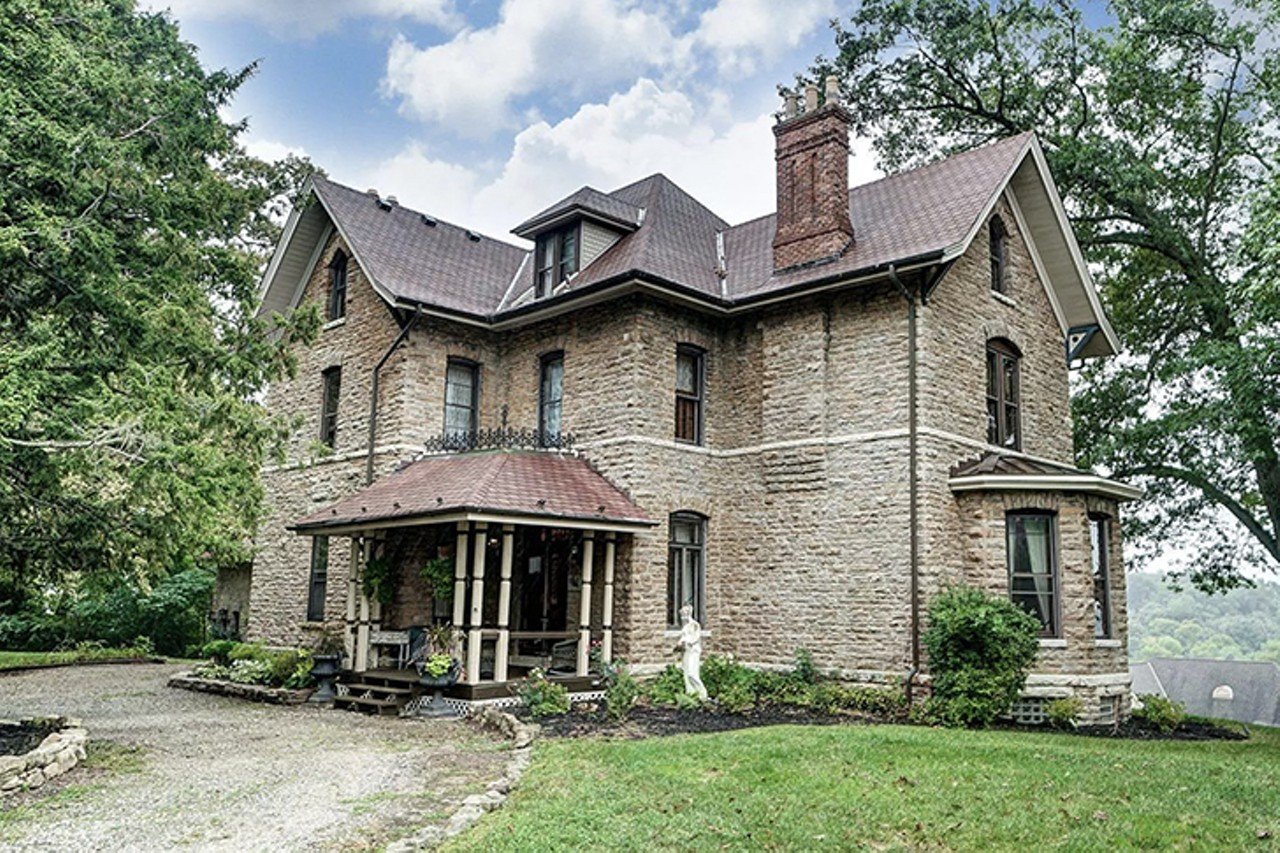
Photo: Provided by The Cagney Family Real Estate, Coldwell Banker West Shell
The founder of the American Forestry Association lived in North Bend and studied horticulture in his backyard
10 Muirfield Drive in North Bend, also known as the Aston Oaks English Manor (pictured above), is an impressive home, but did you know that it was also the site of the Midwest’s first fruit experiment station and the country's first forestry station? Dr. John Aston Warder, a doctor turned horticulturist, bought the land the home now sits on from former First Lady Anna Harrison, William Henry Harrison’s widow (yes, the same president who died after a month in office because he didn’t wear a coat to his inauguration). After Warder took over, the property eventually featured acres of fruit orchards, ornamental trees and shrubs that Warder used to fuel his research. All this work led to him founding the American Forestry Association, now just known as American Forests, an organization that advocates for careful and science-backed strategies for forest conservation.
15 of 27

The first woman to be ordained a rabbi by a rabbinical seminary was ordained at Plum Street Temple
Cleveland, Ohio-born Sally Jane Priesand broke barriers in 1972 when Alfred Gottschalk, then-president of Hebrew Union College–Jewish Institute of Religion, ordained her as a rabbi at Plum Street Temple. Before Priesand, only two known women had served as rabbis: Regina Jonas, who was ordained privately and killed at Auschwitz in 1944, and Paula Herskovitz Ackerman, who wasn’t ordained, but served as a rabbi at her synagogue in Mississippi after her husband, the previous rabbi, passed away.
16 of 27
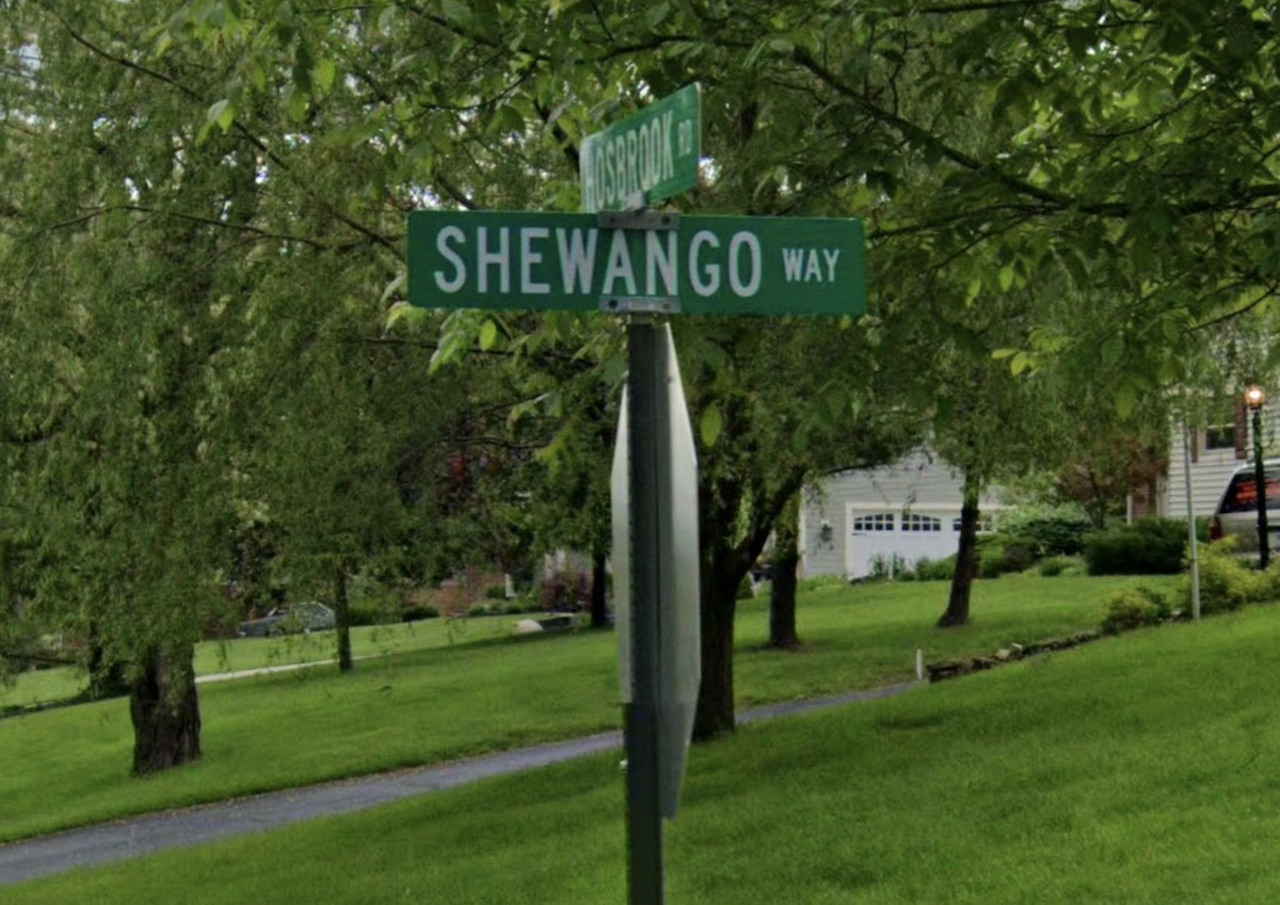
Photo: Google Maps
Peter Frampton Named a Song After a Madeira Road
You may recall rock legend Peter Frampton lived in Greater Cincinnati village Indian Hill between 2000 and 2014 while married to Cincinnati native Tina Elfers. It turns out neighboring town Madeira inspired Frampton during his time here, or at least a street there did. On his 2006 album Fingerprints, Framptom released a jivey, guitar-heavy instrumental song named “Shewango Way,” which is the name of a road that connects Hosbrook to Miami in Madeira. Frampton filed for divorce from Elfers in 2011 and moved back to Nashville in 2014, but we’ll always have Shewango Way to remember him by. Groove to the local shoutout here.
17 of 27
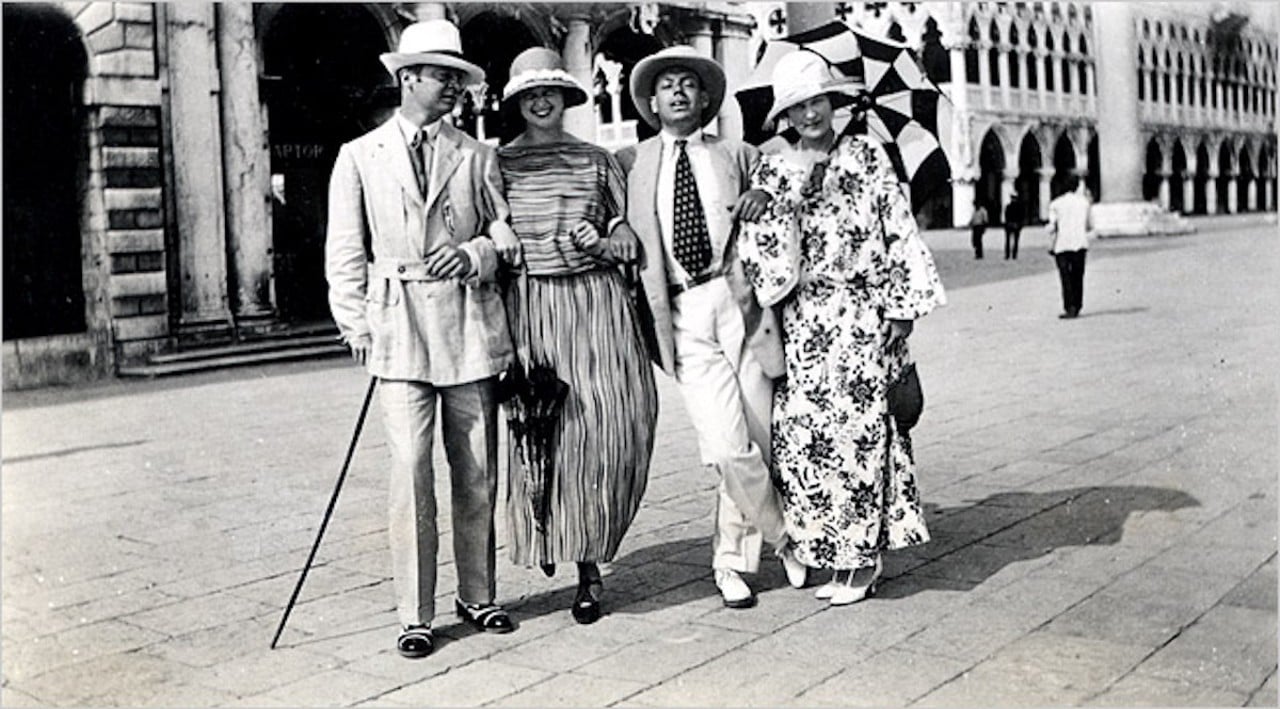
A Cincinnati socialite was a muse for Pablo Picasso, Ernest Hemingway and F. Scott Fitzgerald
Sara Murphy (on the right end) along with her husband Gerald were famous Jazz-Age figures who were the inspiration for the character Nicole and Dick Diver in F. Scott Fitzgerald’s novel Tender is the Night. Born into the wealthy Wiborg family in Cincinnati in 1883, Sara moved among high society here, in Germany and New York City. But in 1915, Sara married Gerald Murphy, much to the disapproval of both their parents — Sara’s because her father didn’t want her to marry someone who “worked in trade,” and Gerald’s because he had a father who didn’t like anything he did. Six years later, the Murphys decided to escape the nagging of their families and New York society and moved to Paris, where Gerald took up painting. Eventually, they moved to the French Riviera where they ran in a circle of rich and famous writers and artists like the Fitzgeralds, Ernest Hemingway and Pablo Picasso. Picasso even painted several portraits of Sara (Portrait de Sara Murphy, Buste de Femme and Femme assise en bleu et rose, among them.)
18 of 27
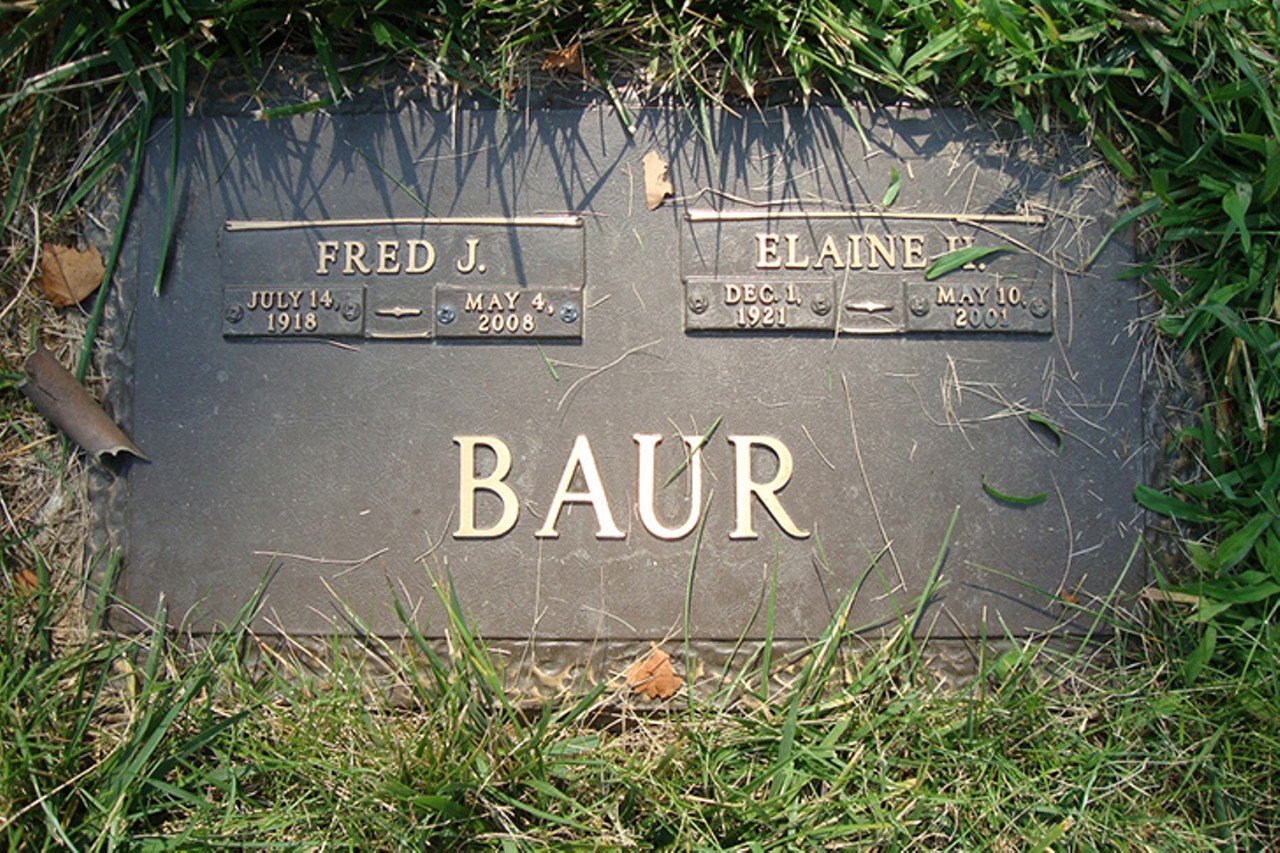
Photo: FindaGrave.com
The inventor of the Pringles can is buried here, in a Pringles can
Fredric Baur, a Cincinnati chemist and the inventor of the Pringles can, died in 2008, after which he was cremated and buried at Arlington Memorial Gardens in an empty can of Original-flavored Pringles. While you can’t see the can itself (it’s in the ground), you can pay your respects to the snack food revolutionary while chomping on some crispy, stacked chips.
19 of 27
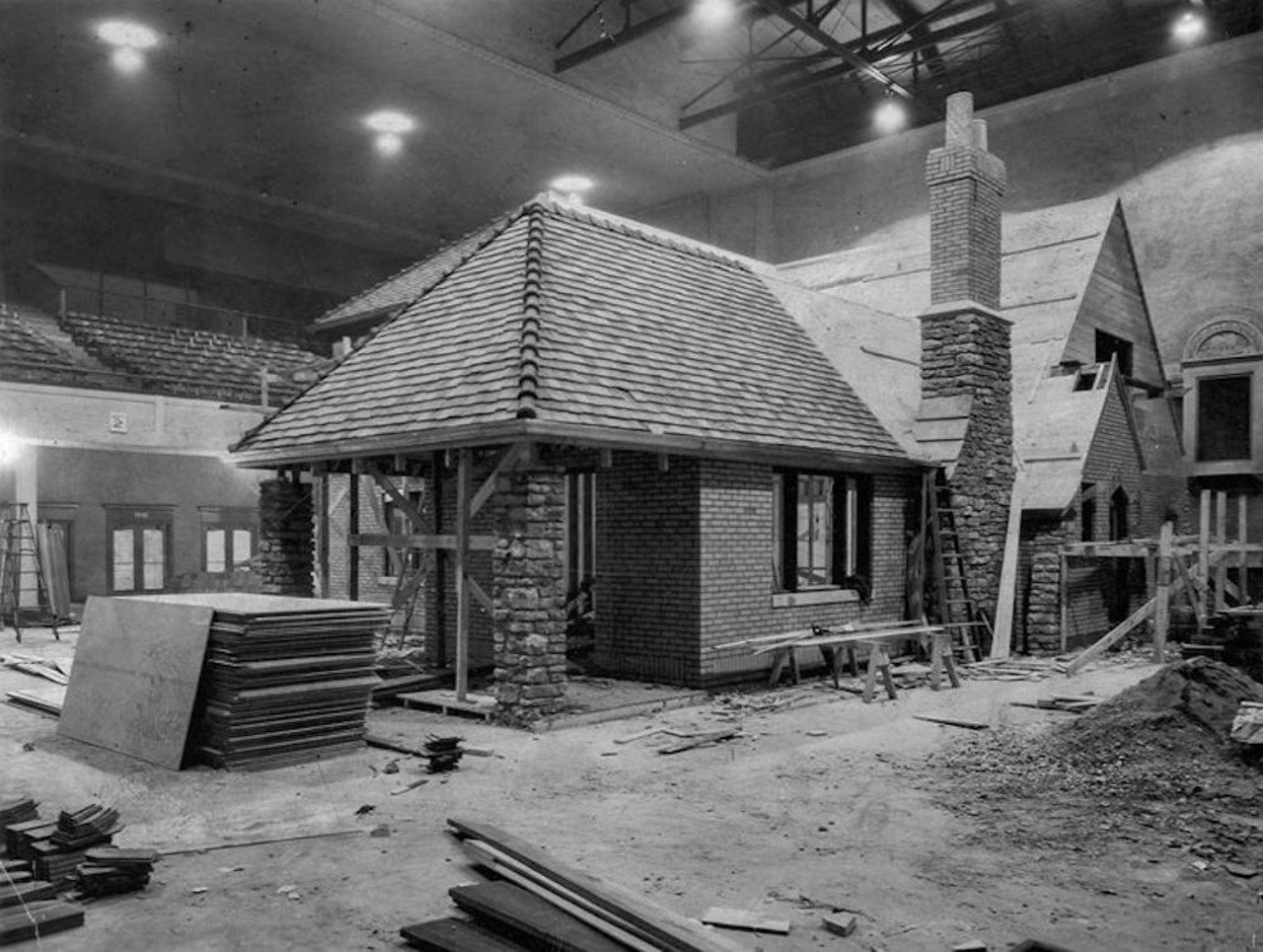
Photo: Provided by Friends of Music Hall
Music Hall used to host an expo where entire houses were built inside
Before there was Homearama, there was the Home Beautiful Exposition at Music Hall. From 1925 to 1936, the expo was held in the North Hall where each year an entire home — from the basement to the roof and even landscaping and grass — was constructed inside the hall. According to Friends of Music Hall, the homes featured modern luxuries of the time and were even furnished and decorated. The homes would be for sale and visitors could walk through the home and get an idea of what life would be like inside. The buyer would need to purchase a lot where the home, which would be dismantled and moved after the expo, could be reconstructed. And many of these homes are still standing today.
20 of 27
Page 1 of 2
- Local Cincinnati
- News & Opinion
- Arts & Culture
- Things to Do
- Food & Drink
- Music
- Cincinnati in Pictures
- About City Beat
- About Us
- Advertise
- Contact Us
- Work Here
- Big Lou Holdings, LLC
- Cincinnati CityBeat
- Detroit Metro Times
- Louisville LEO Weekly
- St. Louis Riverfront Times
- Sauce Magazine




